So, you want to measure your laser… What comes to mind first?
A laser power meter? Okay…
Let’s say I’m using a laser to cut sheets of metal and I have a power meter to check that it is outputting the correct power. But even if I know that my laser produces 50W with 99.9% accuracy (which would be insanely high, by the way), what about its distribution? Is it a perfect Gaussian beam profile (great for cutting metal)? A uniform flat-top beam (great for welding metal)? Or is it some really wonky distribution (great for turning metal into scrap)?
Okay, so I guess I’ll need a laser beam profiler instead. Hang on, I still want to know whether the laser is outputting 50W. Beam profilers really shine when you want to know the profile, or the relative beam intensity from point to point. But if you want to know the absolute power or energy, well, you’re going to want a power or energy meter.
These are generally the two main types of laser beam analysis, but there is one other dimension that comes into play specifically with pulsed laser beams: temporal pulse shape (not to be confused with spatial beam profile).
We might imagine that the pulse is ideal:
… Or maybe we’re even a little more realistic:
… But here’s what your temporal pulse shape might actually look like:
Okay, so how can I make sure I didn’t get the Dr. Seuss shaped temporal profile? If you have a fast photodiode, you can connect it to an oscilloscope to create a visual profile of the laser pulse as a function of time. And as you might already have guessed, this gives a good account of the temporal profile, but not the spatial profile or the absolute power.
This table sums up the three ways to measure your laser beam:
If you only want or need to measure one of these parameters, it’s easy to see which product you will need. But what if you want to measure them all? Must you get all three products?
No!
(You saw that coming, didn’t you?)
Well, be that as it may – as promised, here’s the all-in-one beam analysis toolkit: BeamCube. It actually has a CCD beam profiler, a laser power and energy meter, and a fast photodiode, all in one compact body. Not only that, but it includes a beam splitter and variable attenuator to allow beam profiling up to 150W.
So now we can update our product selection table:
There’s a laser measurement product for every application, but for the laser user that wants to know it all, don’t settle for less than the BeamCube.
You might also like to read: How to Analyze High Power Laser Beams




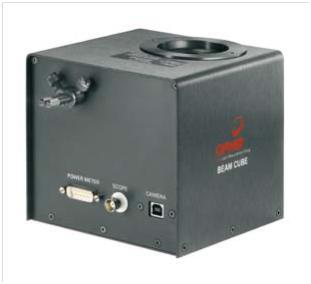


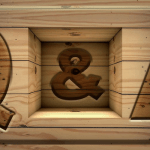
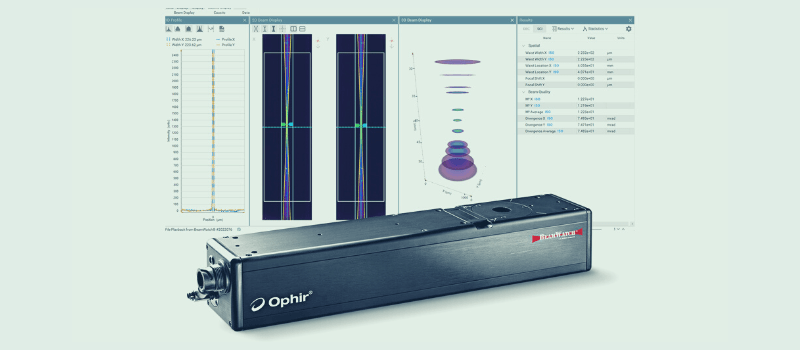
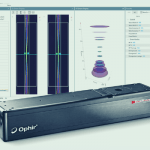
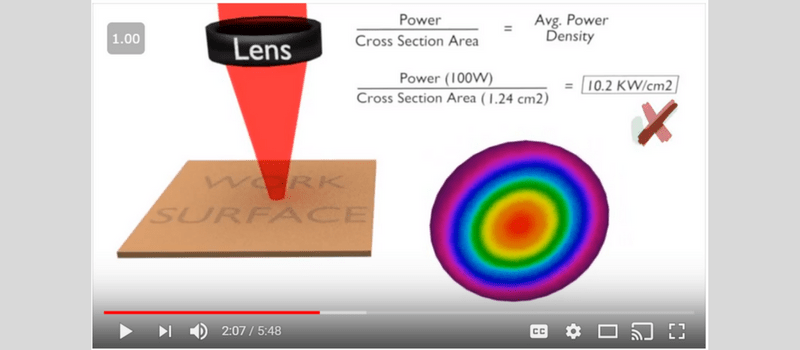
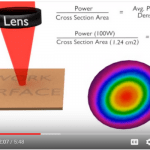
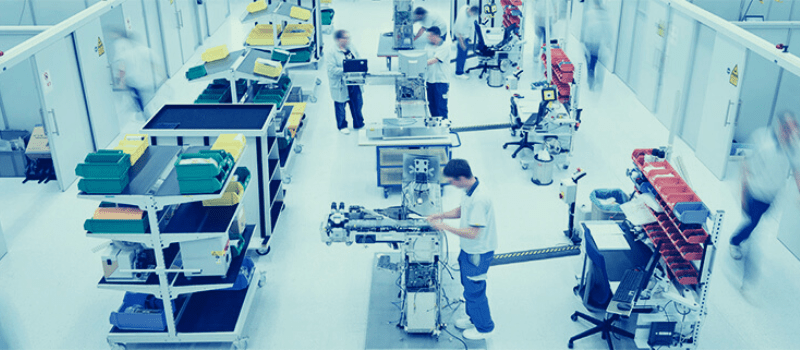



Leave a Reply
Your email address will not be published. Required fields are marked *